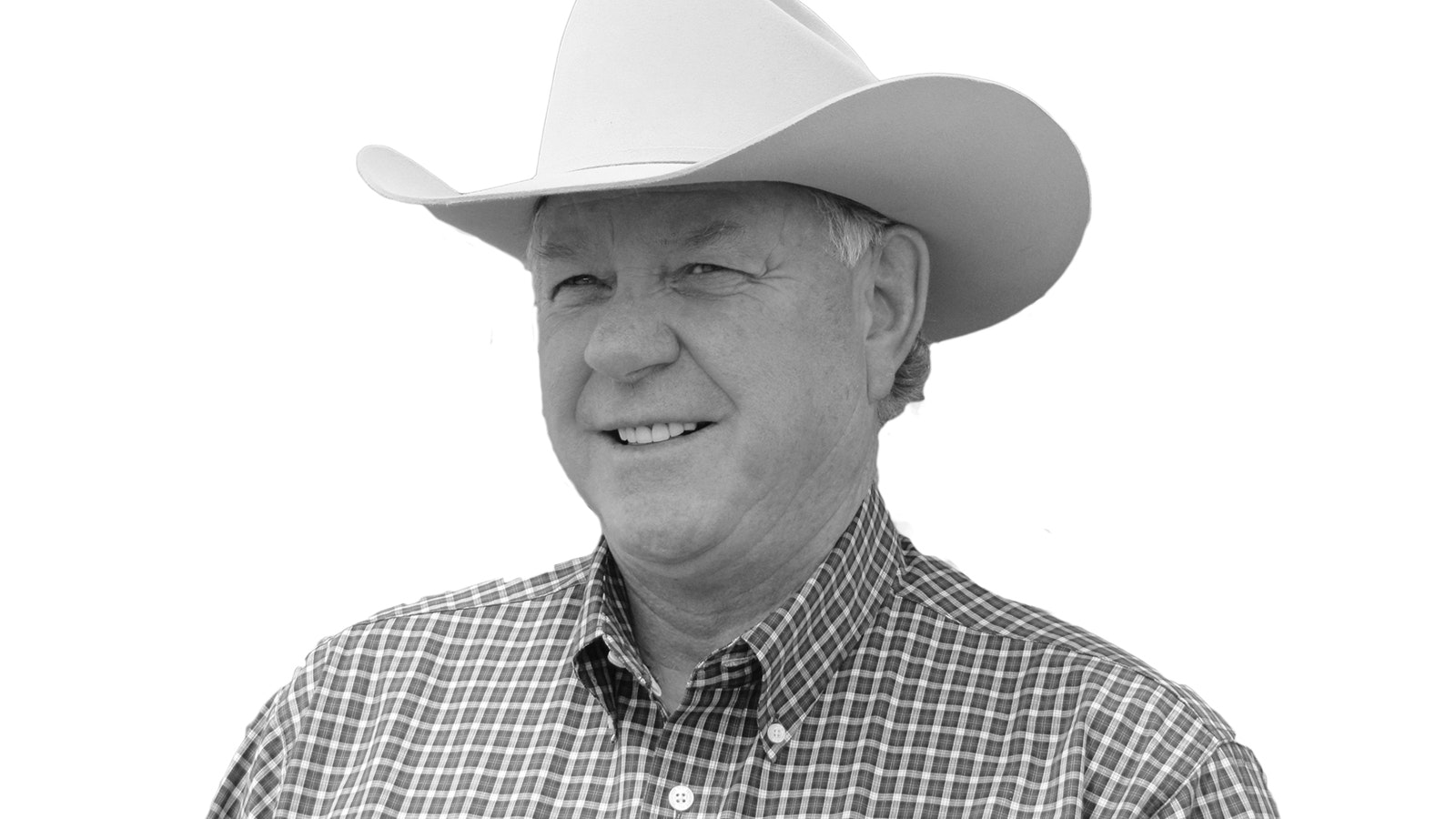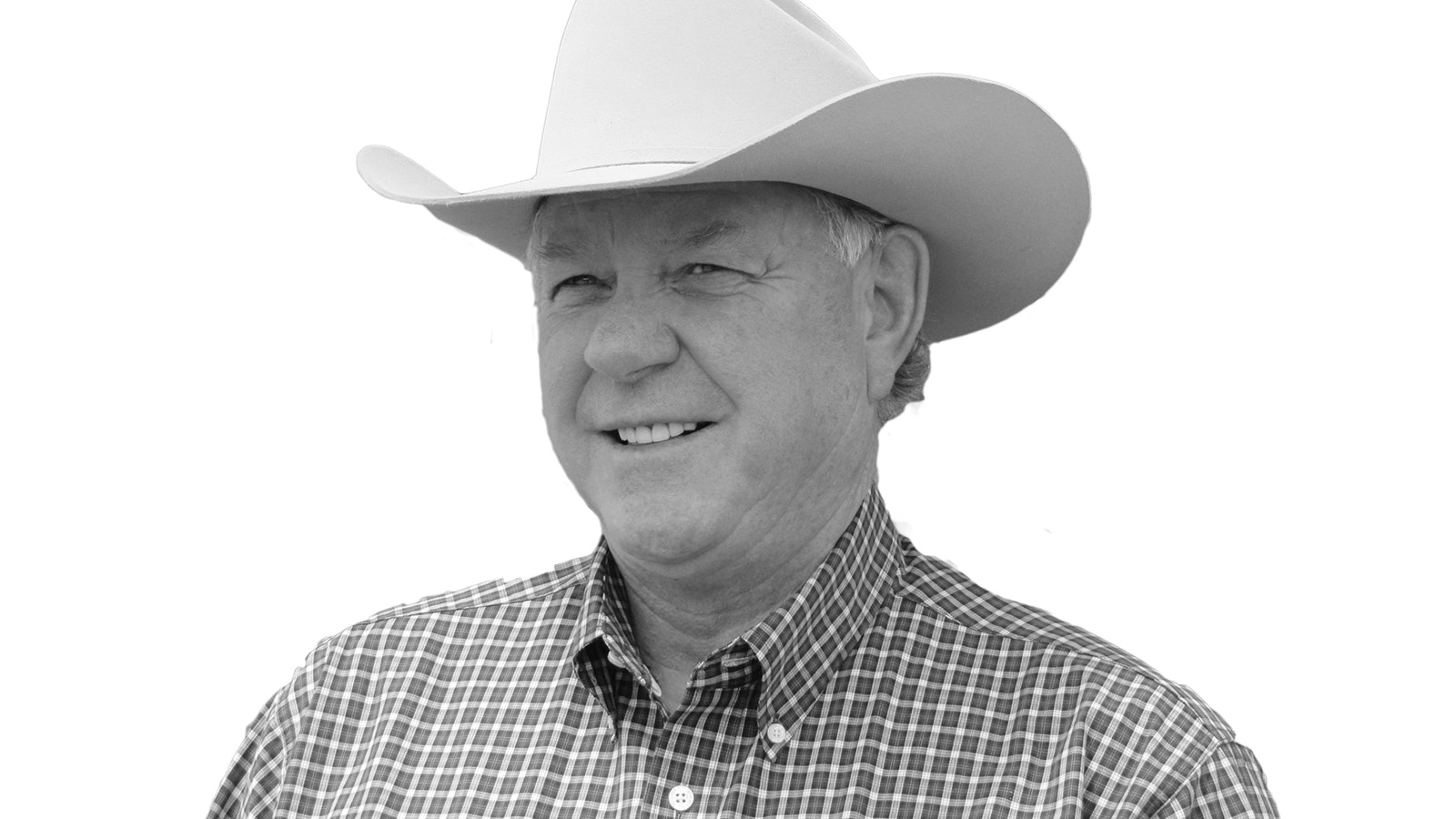Yearling and calf video sales started a couple weeks ago, and despite a dip in prices a while back, they seem to have come back. I’ve heard early video sales are ahead of last year when it comes to cattle numbers.
Fat cattle headed to packinghouses are bringing record prices lately, and these high prices are trickling down to grocery store meat counters.
However, high beef prices have raised concerns as consumers began to push back on the price of middle cuts. I think this is caused by the high cost of living across the nation. When prices for everyday living get to this point, something has to give.
As always, hamburger is still the most popular beef product.
So far, there is no evidence of the nation’s cattle herd rebuilding yet, but this could change later in the fall. Most everyone in our region is still looking to pay for last winter’s high costs.
The mid-year cattle inventory data released last week show cattle producers are raising the smallest herd since at least 1971, down three percent from the same date a year earlier.
The declines were apparent in every category. All cows and heifers that have calved totaled 38.8 million head, two percent below the 39.6 million head on July 1, 2022. Beef cows, at 29.4 million head, were down three percent from a year ago.
As of July 1, all heifers 500 pounds and over totaled 15 million head, four percent below the 15.6 million head on July 1, 2022. Beef replacement heifers, at 4.05 million head, were down two percent from a year ago.
Lower numbers of breeding cattle means less calves next year, which means it will take longer for cattle numbers to recover.
With all of the grass around, I expect heavier cull bulls and cows going to market later this fall, which would be good for producers and consumers.
With all of the green grass and water, I was hoping for an easy summer once the water gaps were rebuilt, but we’re hearing of terrible horn and stable fly infestations affecting cattle herds across the region.
Since stable flies bite the lower legs of cattle, they are finding water to stand in so as not to get bit, which is causing quite a foot rot problem. The hot weather isn’t helping either.
But, life is not perfect. We’ll take the good and deal with the bad – what else can you do?
The U.S. Department of Agriculture was expecting higher beef, broiler and turkey production in 2023, but I don’t think it is going to happen in regard to beef.
Beef imports for 2023 are also higher, based on recent trade data, while beef exports for the year are reduced slightly. This is caused by the economic downturn in China and other countries.
Believe it or not, the United Nations Food and Agricultural Organization has released a report which goes into detail on how “diverse foods derived from livestock production systems, including grazing, are a source of high-quality proteins, fatty acids and various vitamins and minerals vital to human nutrition.”
The report notes, “Amidst a growing market for meat substitutes, particularly in developed economies, livestock species are adapted to a wide range of environments, including those unsuitable for crop production.”
I agree.
Dennis Sun is the publisher of the Wyoming Livestock Roundup, a weekly agriculture newspaper available in print and online. To subscribe, visit wylr.net or call 800-967-1647.





